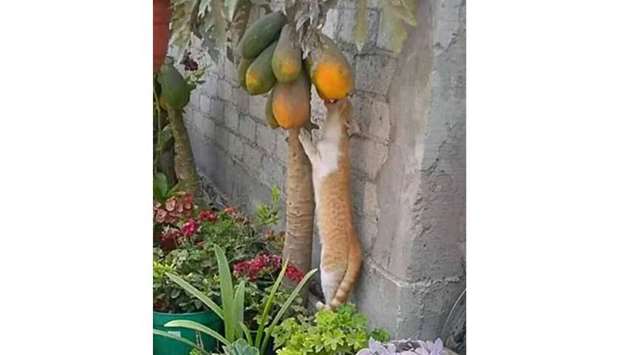These observations on the unusual dietary behaviour of domestic cats kindle a debate that could mark a beginning of a research that biologists could help unravel.
To disentangle this snarl, various hypothetical questions seem to arise; could these behaviours be a manifestation of a new generation of modern domestic cats that adapt to the environment they find themselves in? Is there a relationship between these behaviours and human interaction with cats? Is this a case of evolution or exhaustion of available resources of this species? Was classification of cats as carnivores a scientific mistake?
On the other hand, we get to learn how nature will always be transcendent — the more we try to figure it out, the more it continuously intrigues us. To some extent, it has in the past contradicted not only science but also the universal order of things. For example, in 2010, a lioness in one of Kenya’s parks adopted and nursed a baby antelope and other cubs from different animal species. In the same country, Kyamwilu Hills defy the force of gravity — water flows upwards while cars left on neutral mode roll uphill.
All said and done, the bottom line is that human beings need to be more human by taking environmental conservation and preservation to a higher level so that we can have a balanced ecosystem that sustains species across all food chain levels. It’s disastrous to even imagine that human activities and overexploitation of natural resources could be the cause of some of these rare occurrences observed in domestic cats.
—Text by Polycarp Maina, above photos by Janet Muthoni

